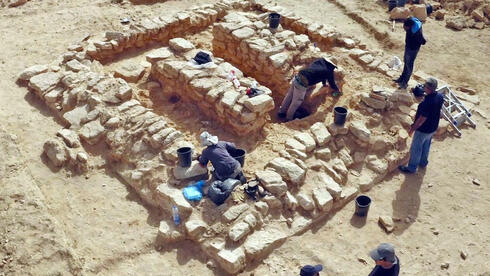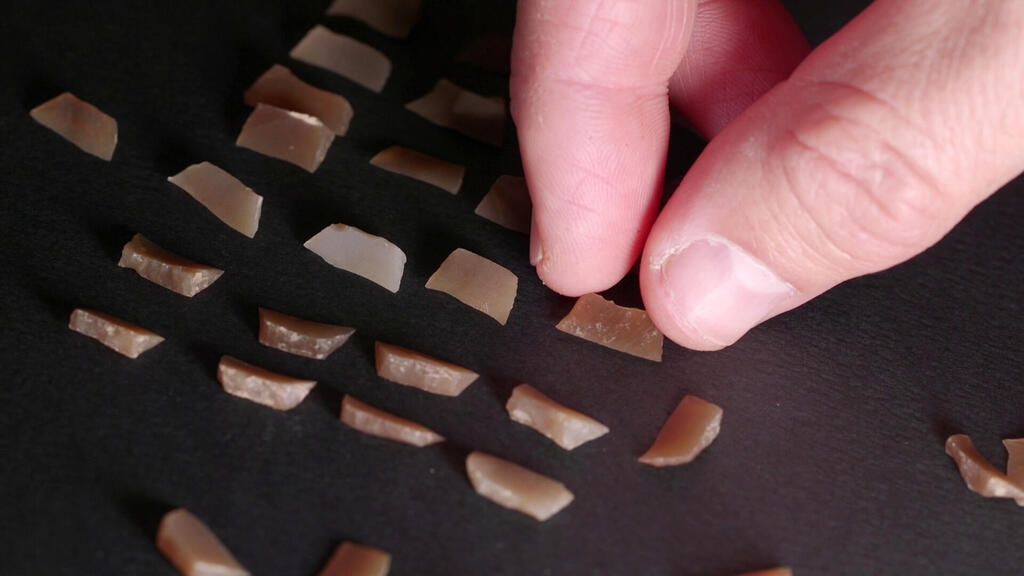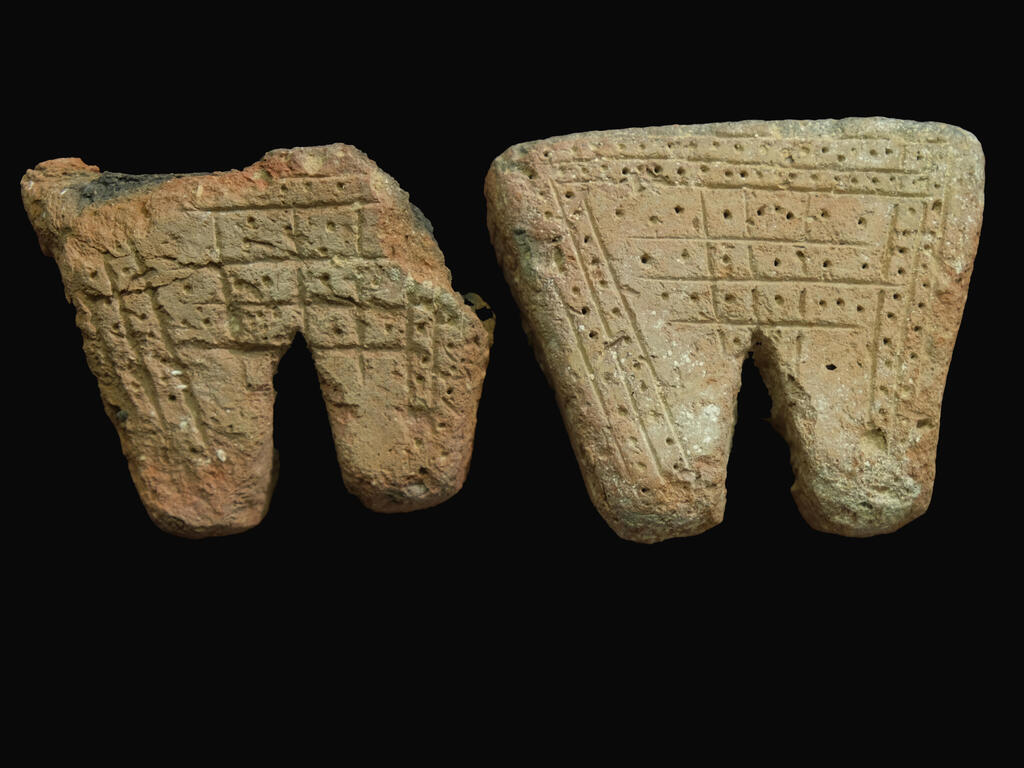NepalIsrael.com auto goggle feed
A burial site, approximately 2,500 years old, near the Tlalim Junction in the Negev, has revealed artifacts made from flint stones originating from Yemen or Oman. These items were likely brought to the Land of Israel by caravans traveling, among other routes, from Yemen.
“At the site, we uncovered an extraordinary concentration of flint artifacts. These tools are unparalleled anywhere else in the country, and their only known source is Yemen and Oman,” said Dr. Jacob Vardi, an expert in flint tools from the Israel Antiquities Authority. “Some of the items also show traces of ochre, a material used in ancient cultures for marking blood and for other coloring purposes. The presence of ochre on these artifacts suggests they may have held religious or ritual significance, making them objects of special value.”
Excavation directors Dr. Martin David Pasternak and Dr. Tali Erickson-Gini from the Israel Antiquities Authority also said in a statement: “This is an exceptional discovery that illustrates extensive connections with cultures from southern and northern Arabia, Phoenicia, Egypt and southern Europe. In the two burial structures we uncovered, dated to the 5th–7th centuries BCE, we found an extraordinary wealth of artifacts, including copper and silver jewelry, hundreds of beads made from colorful stones, rare shells, an amulet of the Egyptian god Bes, alabaster vessels used to store expensive perfumes from the southern Arabian Peninsula and more. These diverse findings indicate that this site, previously unknown, served as a burial ground along trade routes of that period, where merchants conducted funerary and ritual ceremonies.”
The Israel Antiquities Authority stated that the large number of burials at the site raises two main possibilities: The first is that the site served as a burial ground for generations of caravan participants who passed through this area. The second is that it represents a mass grave created in response to a sudden event experienced by one of the caravans, perhaps an attack.
“No settlement or fortress was found near the site to which the graves could be connected, making the structures a mystery,” the researchers’ statement explained. “The remains appear to be linked to merchants from southern Arabia, who were renowned for their long trade expeditions, including the trade of perfumes such as frankincense and myrrh. Naturally, these lengthy journeys, lasting months, were conducted under challenging conditions, including harsh weather, exposure to bandits and other risks.”
The statement of Pasternak and Erickson-Gini further commented: “This is one of the most fascinating sites we have encountered. The structures and the diverse findings strengthen the understanding that the Negev was far more than just an international transit route – it was also a vibrant meeting point for merchants and cultures.”
The researchers added: “Based on some of the artifacts discovered, we hypothesize that some of the individuals buried were women. It is even possible the caravan was involved in the trade of women. Texts from Yemeni merchants operating in the second half of the 1st millennium BCE (known as Minaeans) describe the trade of women, particularly from the city of Gaza, as well as from Egypt, Greece, Moab and Edom. Inscriptions found in Yemen list over 80 ‘foreign women’ purchased from various locations, including around 30 women acquired in the city of Gaza.”
Another piece of evidence potentially indicating the burial of women at the ancient site near the Tlalim Junction is the discovery of an amulet depicting the Egyptian god Bes. This deity was considered a protector of women and children against evil forces.
Eli Escusido, director of the Israel Antiquities Authority, remarked that “this discovery highlights the Negev’s central role in antiquity as an international crossroads and a gateway for trade and cultural exchange. The exceptional findings allow us to connect with small but significant moments in the history of people who traversed this desert thousands of years ago. Multidisciplinary research will enable us to deepen our understanding of the cultural and economic dynamics in this region from thousands of years ago.”
The post”Archaeologists discover southern Arabian trade links in Negev graves” is auto generated by Nepalisrael.com’s Auto feed for the information purpose. [/gpt3]






